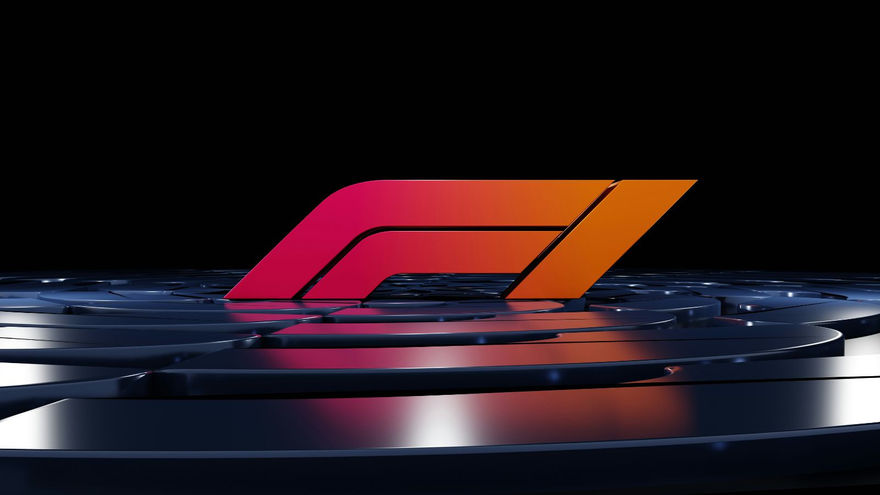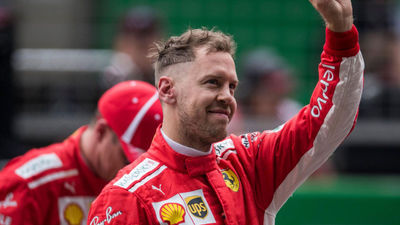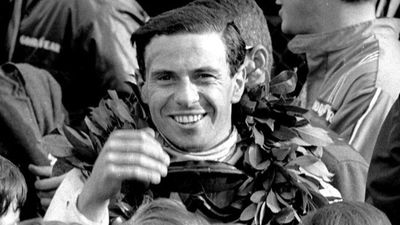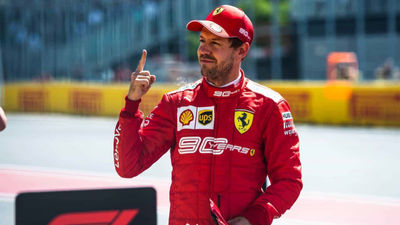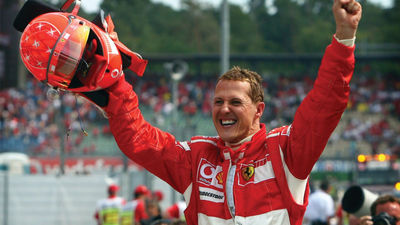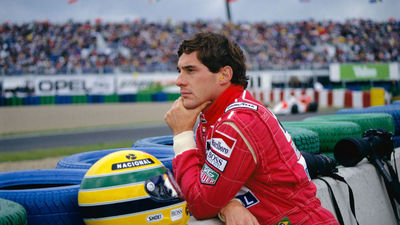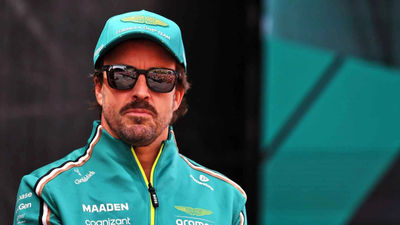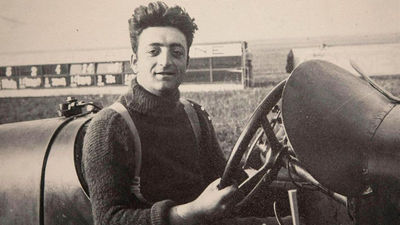Formula 1 thrives on both tradition and change, and rookies often deliver the sharpest shocks to the established system.
Some arrive with glittering junior résumés, others seize a sudden opening, yet the pattern feels familiar. A newcomer resets expectations, unsettles the status quo, and shows that speed and poise can coexist. These debuts resonate with fans because they condense pressure, preparation, and nerve into a single season.
As 2025 ushers in fresh names, the sport again braces for surprise. Rookie impact isn’t just luck. It’s anticipation met with execution, measured over laps that reveal temperament as much as technique.
The stories below span decades, yet each reveals how talent can surface almost immediately.
Lewis Hamilton’s 2007 Shockwave
Hamilton’s first year with McLaren reframed what a debut could achieve. The British newcomer delivered four wins and 12 podiums, then missed the title by one point to Kimi Räikkönen.
That consistency under championship pressure turned an apprenticeship into a campaign. His wheel-to-wheel control looked assertive without waste, while strategy calls rarely rattled his rhythm.
Early-season results drew immediate attention from fans studying Formula 1 odds, since the rookie was contending weekly and set on shaking up the established order.
The internal duel with Fernando Alonso amplified scrutiny, yet Hamilton’s composure held. Each outing showed calculated aggression and care for tire life. The outcome proved decisive for McLaren’s approach to nurturing youth. A single season announced the debut of a leader whose ceiling already seemed far higher than the field’s.
Jacques Villeneuve’s 1996 Title Chase
Jacques Villeneuve entered Formula 1 in 1996 carrying a significant family legacy, as the son of the 1978 World Champion Gilles Villeneuve. This heritage brought immediate attention and lofty expectations, but it was Villeneuve’s own ability to adapt to the top level that ultimately defined his impressive rookie season.
Villeneuve secured four race wins and mounted a sustained and highly competitive title challenge throughout the year.
Damon Hill served as reference and rival, shaping an intrateam benchmark that sharpened execution. Villeneuve’s learning curve felt compressed, since unfamiliar circuits demanded swift study and clear feedback.
The result was a runner-up finish that kept the suspense alive until the late rounds. That resilience suggested a modern template for cross-series graduates. Speed mattered, but systems thinking mattered more. The season validated that a rookie could translate elite experience into Formula 1 performance without prolonged adjustment.
Michael Schumacher’s Spa Signal
Schumacher’s arrival in 1991 lasted one race, yet the impression lingered. Drafted by Jordan for Spa as a late replacement, the German qualified seventh at a circuit that punishes hesitation. He outpaced a seasoned teammate and attracted Benetton’s attention before lights out on Sunday.
The race ended early due to mechanical trouble, but the message was clear. Schumacher’s precision under limited preparation indicated a rare processing speed. Benetton moved quickly, and three years later, he became champion.
The timeline underscored how a debut can function as proof of concept. Speed appeared measurable in a single qualifying run, while adaptability showed in sector times. One weekend established credibility, shifted a career path, and signaled dominance to come.
Max Verstappen’s Teen Breakthrough
Verstappen arrived in 2015 at 17 with Toro Rosso and met skepticism immediately. Age concerns faded as racecraft emerged, particularly during bold yet measured overtakes. Red Bull promoted the teenager in 2016, and Spain became a watershed.
The Dutch driver won on debut with the senior team at 18, the youngest winner in history. That victory established comfort under pressure and confidence during complex stints. It also previewed a future stacked with titles, since his trajectory continued upward.
The rookie phase closed quickly because execution already matched elite standards. Subsequent seasons validated that early reading, and today the résumé features four championships.
The storm started with timing, judgment, and pace, which were apparent long before experience accumulated.
Oliver Bearman’s Rapid Rise to Haas
Bearman’s gateway arrived through circumstance, then stayed open through results. Ferrari called in Saudi Arabia during 2024 when Carlos Sainz fell ill, and the teenager finished seventh on debut.
Haas later enlisted him in Azerbaijan as a stand-in, and he scored again. That sample proved readiness for 2025, when Haas offered a full seat. The groundwork stretched back to titles in Italian and German Formula 4, with subsequent wins in Formula 2.
Practice outings for Haas helped, smoothing the step into race conditions. Composure under late notice showed steadiness beyond age, while feedback impressed engineers.
Entering his rookie season, the Briton brings evidence rather than promise. Teams notice drivers who turn disruption into points, then repeat the habit.
Andrea Kimi Antonelli’s Mercedes Test
Antonelli arrives at Mercedes with potential and scrutiny converging. The Italian prodigy dominated karting, then swept Italian and German F4 in 2022. He added Formula Regional Middle East and European crowns, prompting a direct jump to Formula 2.
The 2025 opening, created by Lewis Hamilton’s departure, accelerated the timeline. Early F2 form looked uneven, yet wins at Silverstone and Budapest stabilized momentum.
A brief practice crash at Monza reminded observers that growth seldom moves linearly. Mercedes nevertheless invested deeply in preparation across tools, processes, and mindset.
Qualifying speed should arrive early, while race craft will mature under long-run stress. The opportunity is daunting, yet the structure is robust. A top seat grants exposure, and exposure sharpens progress.
What to Watch as the Next Wave Arrives
The 2025 grid gains fresh intrigue with a rookie class that includes Oliver Bearman and Andrea Kimi Antonelli, alongside names like Liam Lawson. Two newcomers step into machinery with race-winning potential, which raises the ceiling for immediate impact. Compressed testing means learning shifts into practice sessions and simulator hours, so adaptability becomes currency.
Executives will watch tire handling, feedback clarity, and pace under traffic more than outright heroics. Veterans will press weaknesses, which often appear in restart management and pit-entry discipline.
Fans should expect swings as confidence builds across venues with contrasting layouts. The lesson from history is simple. Exceptional rookies influence development paths, redirect strategy, and redraw pecking orders faster than models predict.


